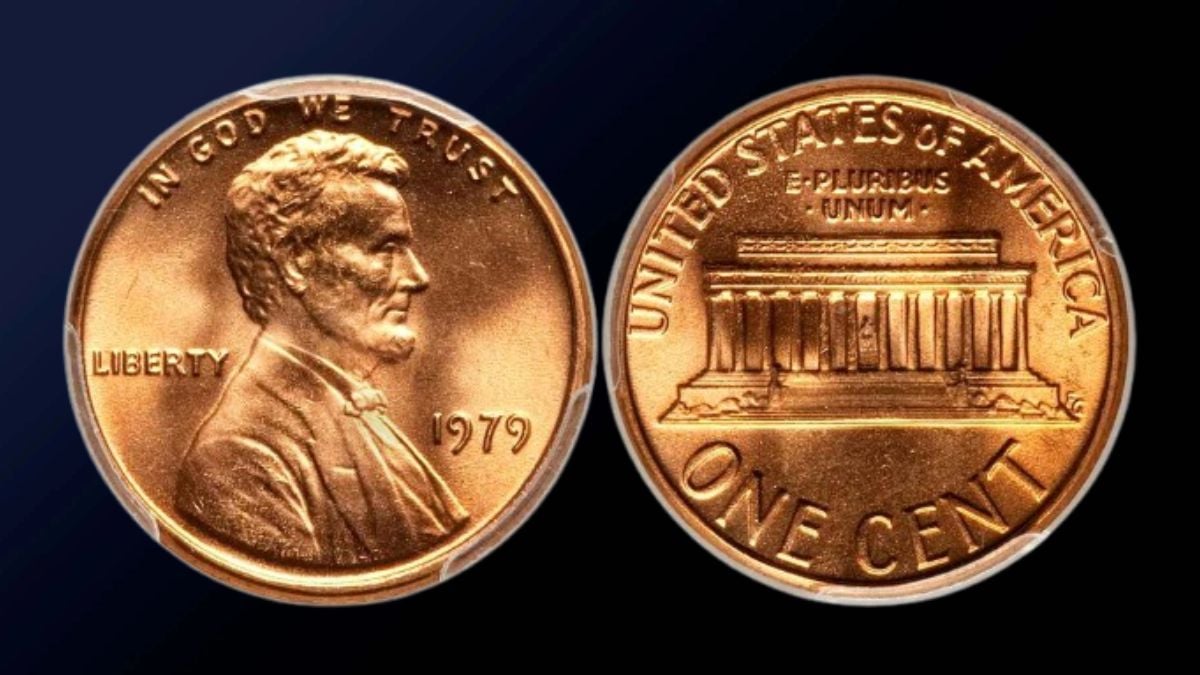
This Thursday, the U.S. Department of the Treasury confirmed that the U.S. Mint has placed its final order for blank penny planchets, officially ending production of the iconic coin. A department official stated that the penny will be discontinued once the final batch is minted. Here’s why.
Why is the penny being discontinued?
In February of this year, President Donald Trump directed his administration to halt penny production due to high manufacturing costs. In fiscal year 2024 alone, the U.S. Mint reported a loss of $85.3 million from producing over 3 billion pennies. Discontinuing the coin is expected to save approximately $56 million annually.
ALSO READ Costco will close its stores for 24 hours! Here’s why!
How much does it cost to produce a penny?
Producing a penny costs more than its face value. According to the U.S. Mint, it currently costs 3.7 cents to make a one-cent coin. For comparison, minting a nickel (with a face value of five cents) costs nearly 14 cents.
What does the penny look like?
The U.S. penny measures 19.05 mm in diameter and is 1.52 mm thick. Its obverse features the portrait of Abraham Lincoln, with the motto “In God We Trust” across the top and “Liberty” to the left. From 1959 to 2008, the reverse depicted the Lincoln Memorial, along with the inscriptions “One Cent,” “United States of America,” and the national motto “E Pluribus Unum.” This design honors Lincoln’s legacy and remains one of the most recognizable in U.S. coin history.
ALSO READ Krispy Kreme is giving away donuts for 25 cents! Here’s how to take advantage of the offer
What is the penny made of?
Originally made of bronze, the penny is now produced using a copper-coated steel core. This material change has improved durability and lowered production costs while preserving the coin’s traditional appearance.
Which U.S. pennies are valuable?
Experts say that halting the minting of new pennies could significantly increase the value of highly sought-after collector coins. Their worth is based on rarity, historical importance, minting errors, condition, and unique features.
Once the penny is officially discontinued, certain rare specimens could see a spike in market value. Currently, some examples are valued between $15,000 and $2.4 million, and may become even more desirable due to limited supply. This trend is likely to affect not just collectors, but also investors in the growing rare coin market.
Check if you have them! These are some of the one-cent coins that could increase in value as they become more sought after by collectors:
- 1943-D Lincoln Wheat Cent Penny (Bronze/Copper): $2.4 million
- 1944-S Lincoln Wheat Cent Penny (Steel): $1.2 million
- 1943-S Lincoln Wheat Cent Penny (Bronze/Copper): $621,691
- 1943 Lincoln Wheat Cent Penny (Bronze/Copper): $428,634
- 1958 Lincoln Wheat Cent Penny (Doubled Die Obverse): $235,450
- 1888 Indian Head Cent Penny (Last 8 over 7): $77,706
- 1944-D Lincoln Wheat Cent Penny (Steel): $64,930
- 1944 Lincoln Wheat Cent Penny (Steel): $61,254
- 1856 Flying Eagle Cent Penny: $29,948
- 1922-D Lincoln Wheat Cent Penny (Missing “D” Mint Mark): $18,882
- 1955 Lincoln Wheat Cent Penny (Doubled Die Obverse): $18,295
- 1970-S Lincoln Memorial Cent Penny (Doubled Die Obverse): $14,920









